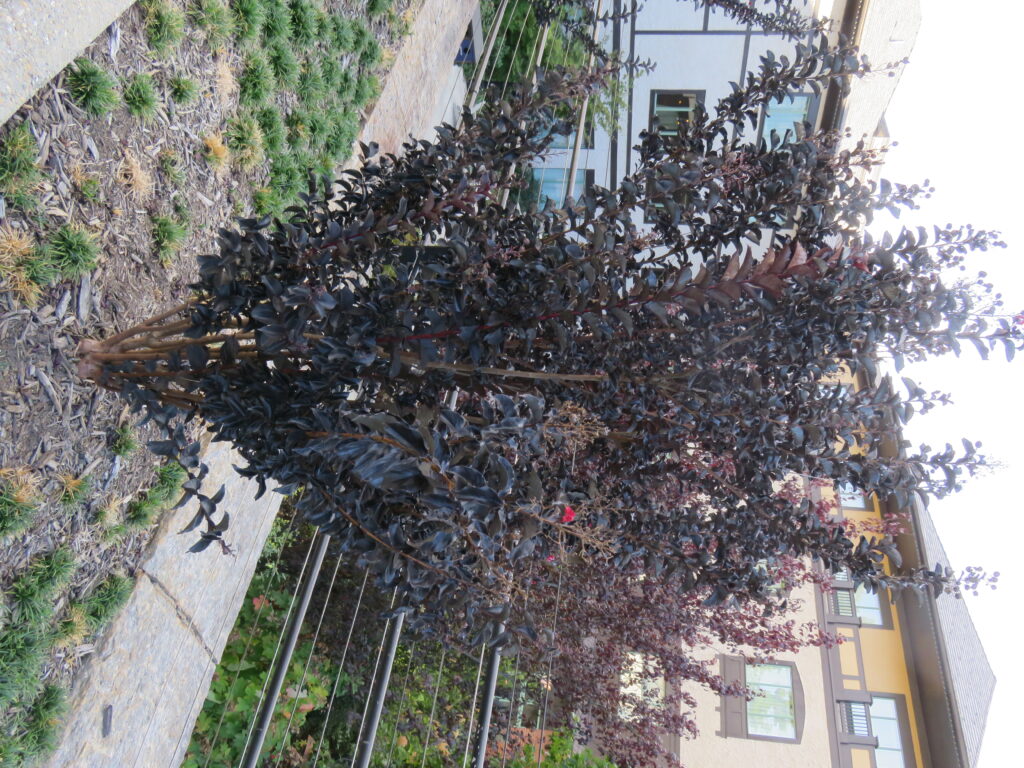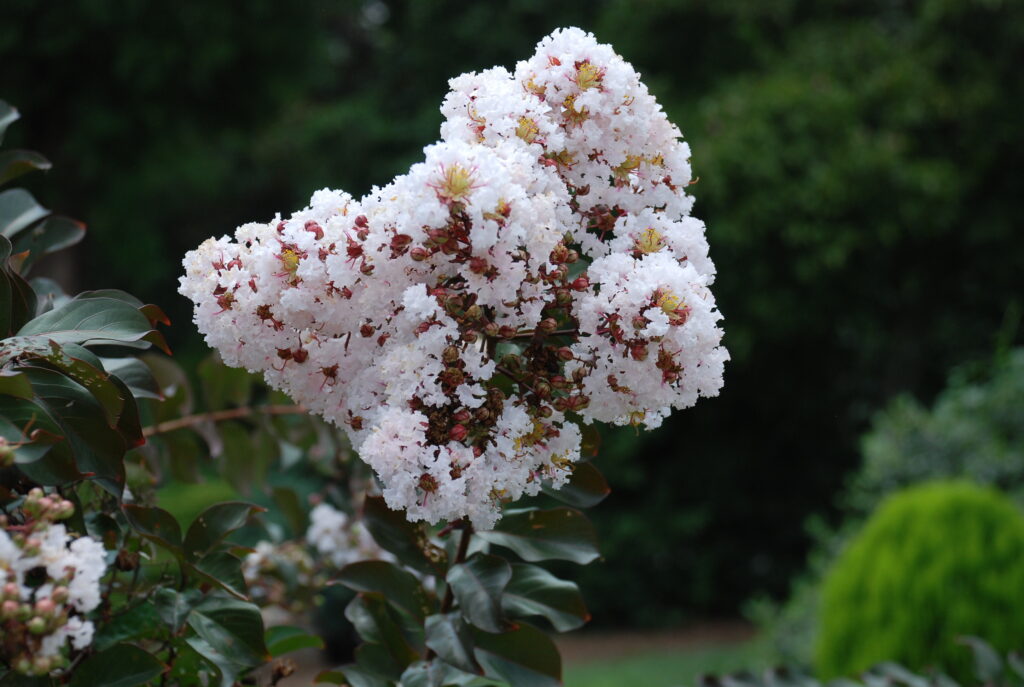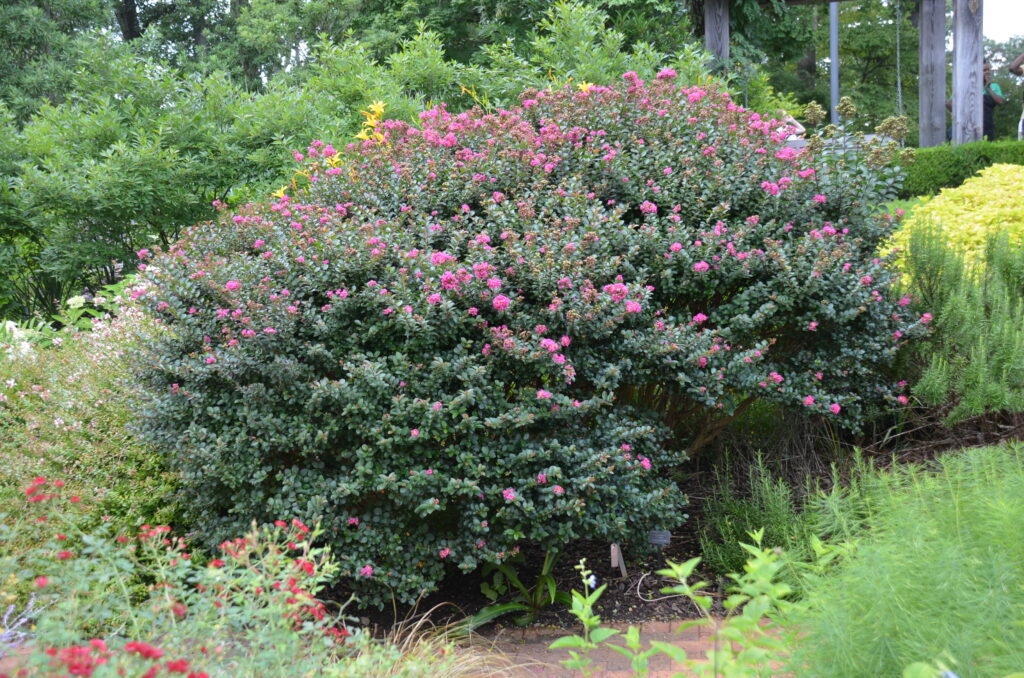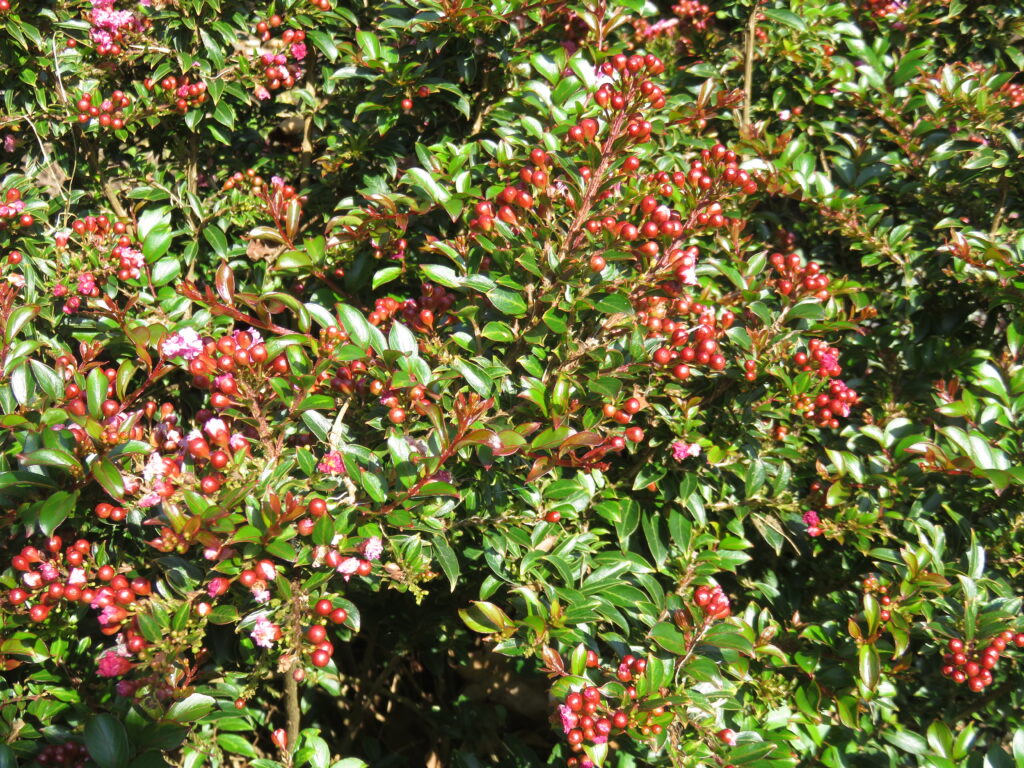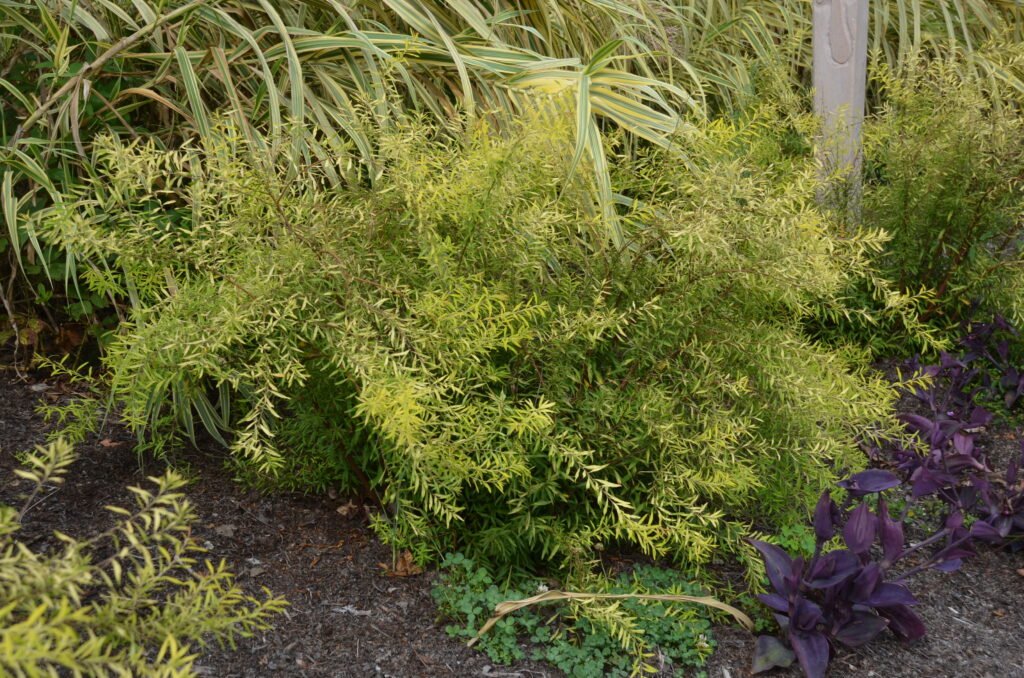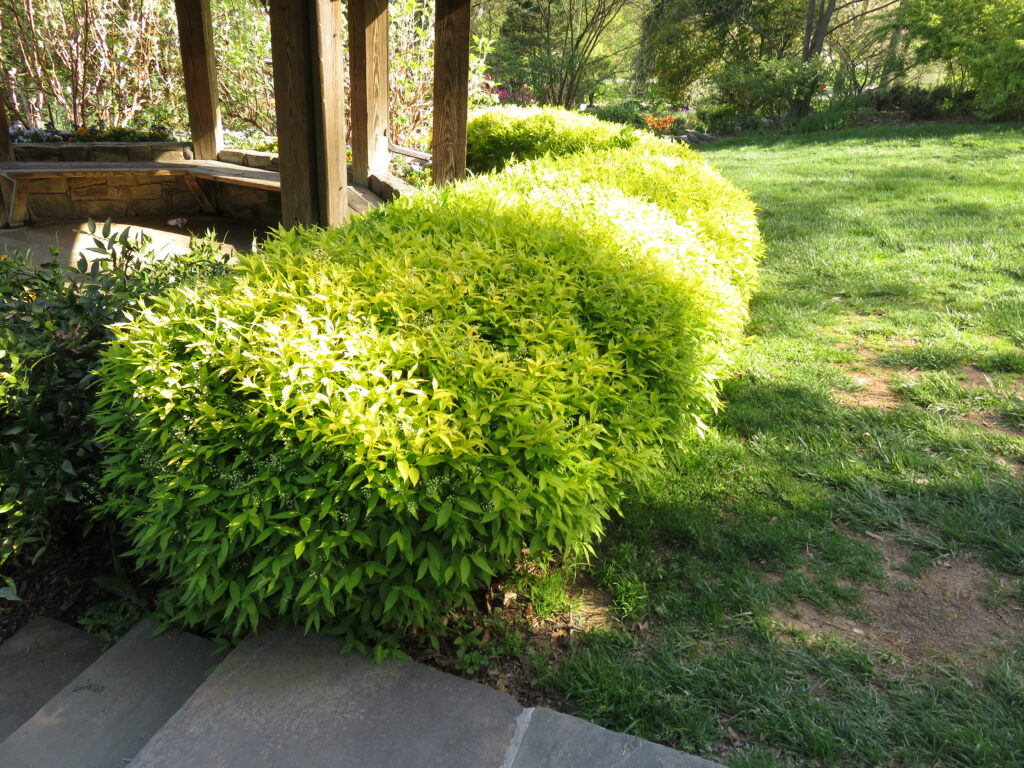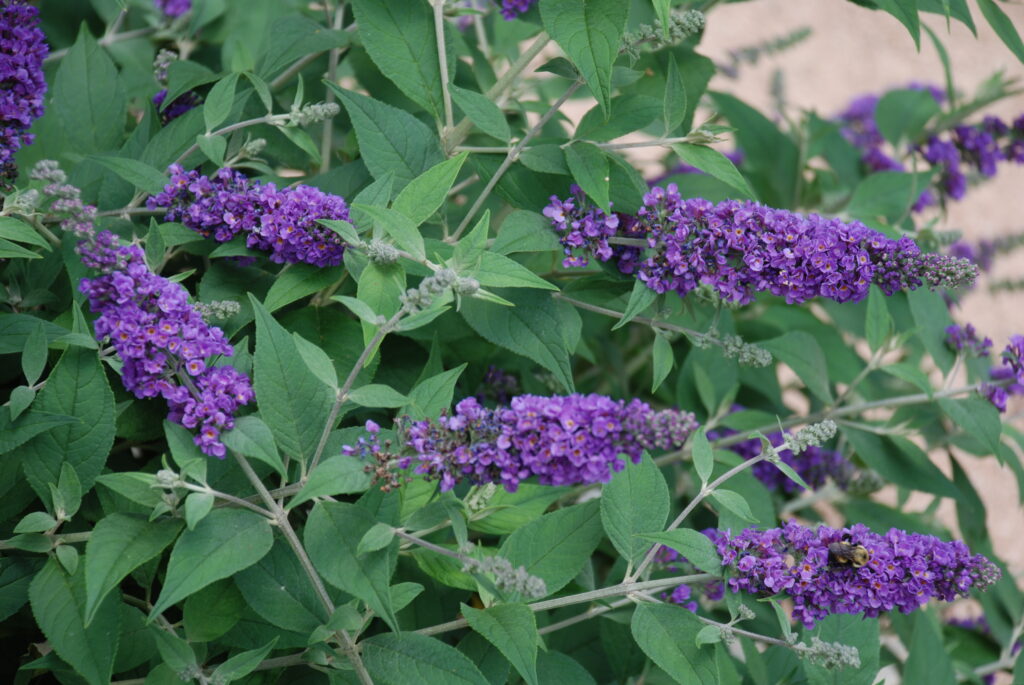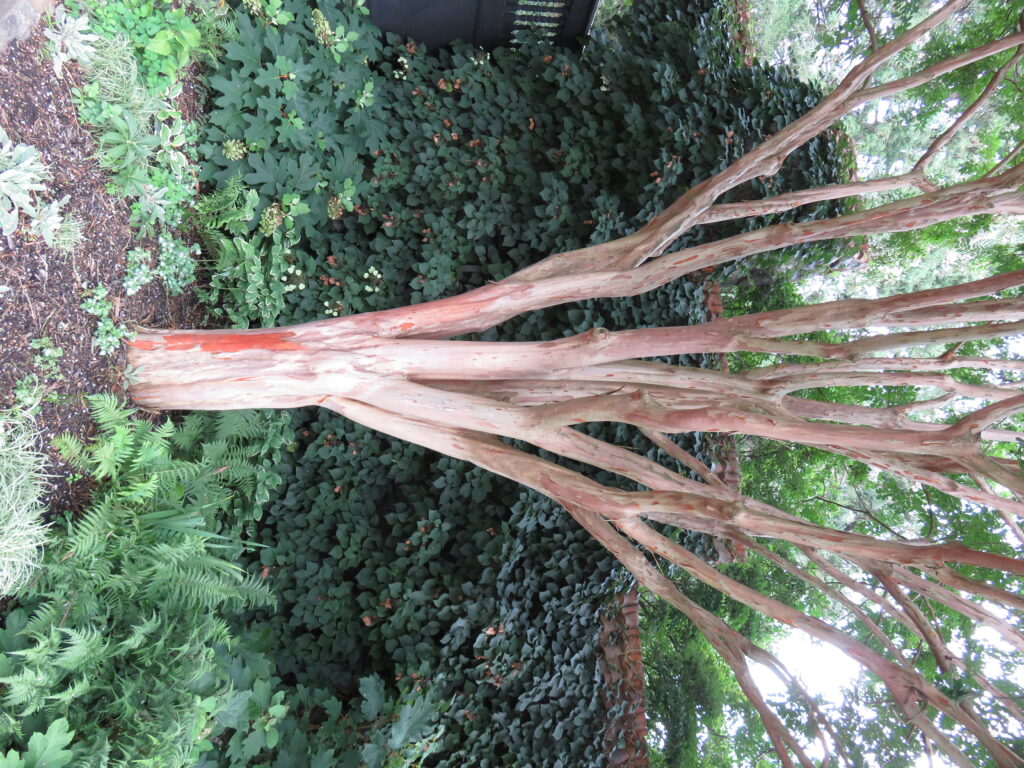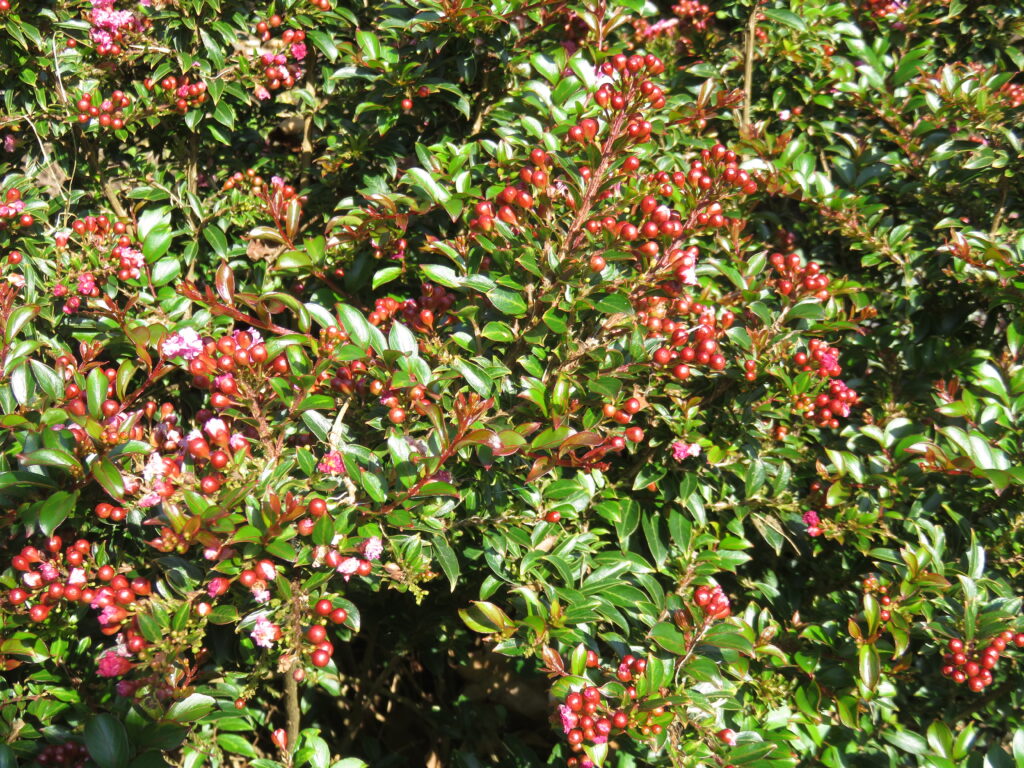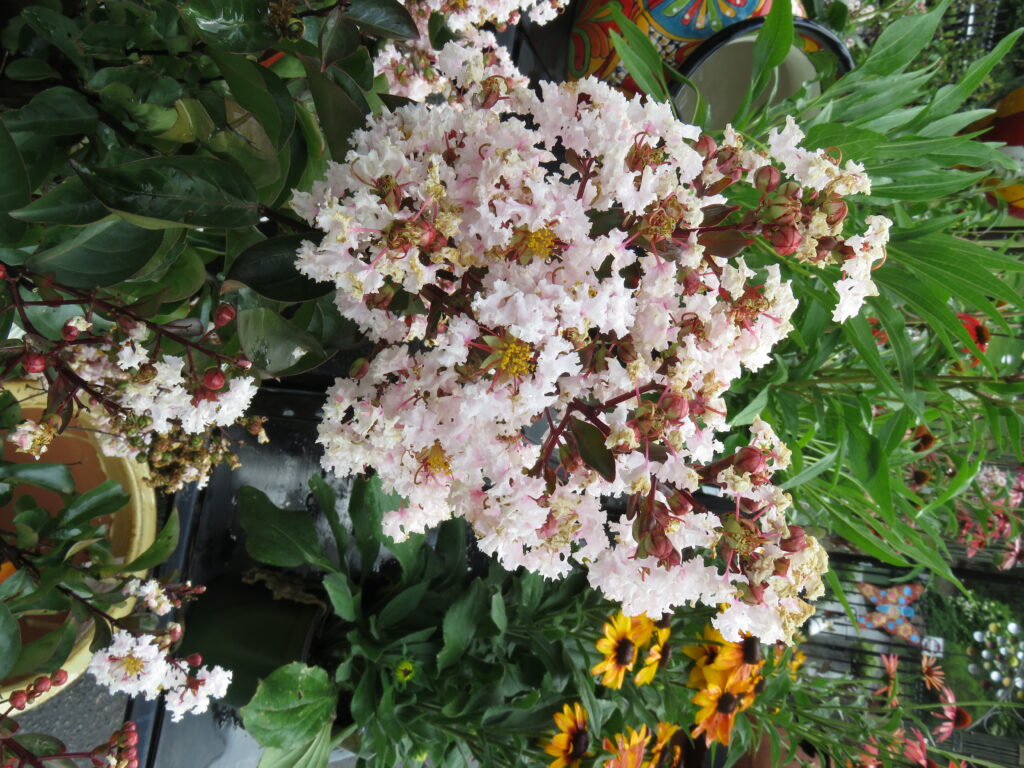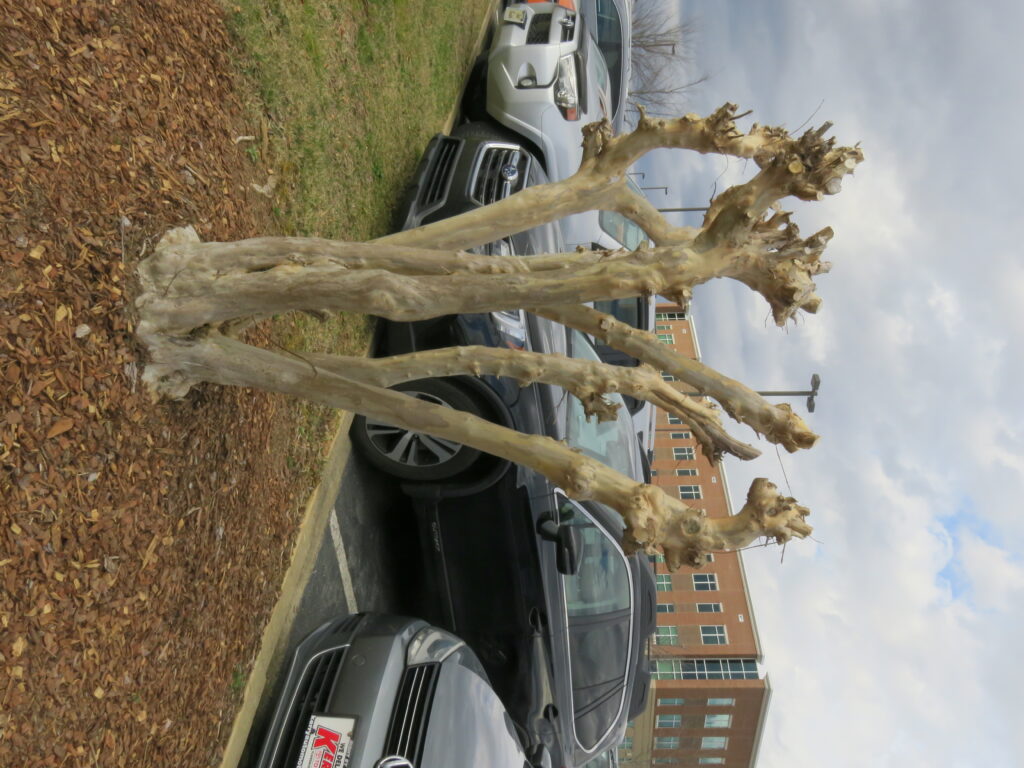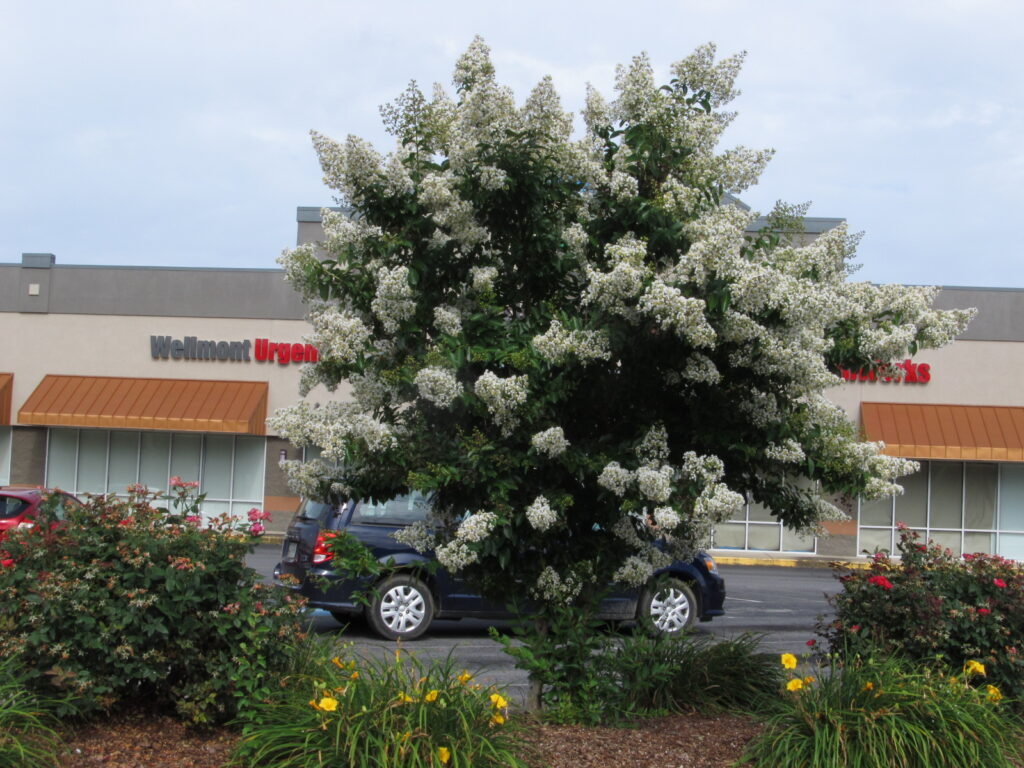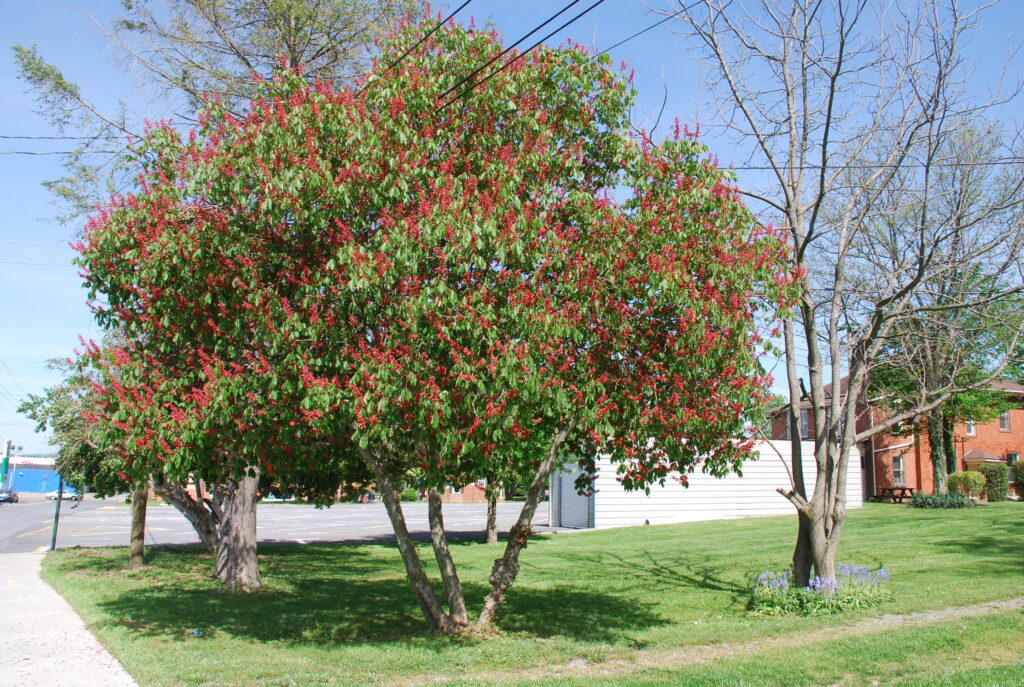
Red buckeye (Aesculus pavia), aka Firecracker Plant, is a southeastern U. S. native that is a large understory shrub or small tree. A member of the Sapindaceae (maple) family, this lovely spring flowering beauty grows 15 to 25 feet tall in 30 years and is a perfect fit in small yards. It is native from the South-Central U.S. east thru the Southeastern U.S. (USDA hardiness zones 4-8).
Many 5- to 8-inch-long red to orange-red tubular floral panicles stand erect on branch tips in mid-spring. The vibrant colored flowers are stunningly beautiful. The glossy foliage is composed usually of five elliptical serrated leaflets palmately arranged and emerges about the same time. Within a large wild population of red buckeyes, flower color often varies from dark pink to deep red.

Red buckeye grows in average, moist, well-drained soil, and in full morning/afternoon shade or in all-day partial sunlight. The tree holds up to loads of shade although flower numbers are fewer. Spring feed with granular 10-10-10 or equivalent fertilizer. Soil moisture is of key importance as summer foliage tends to scorch during hot dry summers. In southern climes all-afternoon shade is the rule!
From late April into May, for about a month, blooms attract hummingbirds and other pollinators. Flowers are followed by three-parted smooth husks, each containing 1 – 3 shiny brown seeds within. Husk numbers vary from one year to the next.
Smooth orange-brown seed husks contain 1-3 shiny seeds (1-2- inch long nutlets). Seeds are called “buckeyes” and ripen by early fall. When husks start to split open, collect and plant ripen seeds immediately; do not allow seed to dry out. Seedling trees often start flowering in 3-4 years. Seeds are poisonous to humans and wildlife. Squirrels will collect and “plant” the seeds.
Disease and pest issues are rare, although scorched and fungal-spotted leaves tend to drop starting in late August and branches are mostly bare by the first day of autumn.
Landscape Use: good woodland or in a wildlife garden or a small specimen tree.
Insects, Diseases, or Other Plant Problems: Leaf blotch can be a problem for this plant. Leaf, stem, and fruit drop can be messy.
Cultivars: ‘Atrosanguinea’ – with deeper red flowers
var. flavescens – rare yellow form
Special Note: Often confuse with red horsechestnut (Aesculus x carnea) which is a hybrid cross between red buckeye (A. pavia) and common horsechestnut (A. hippocastanum).




